
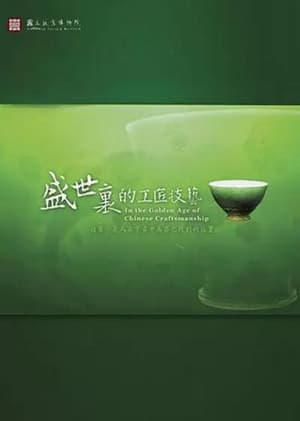
In the Golden Age of Chinese Craftsmanship(2008)
The essence of progress in civilization has always been handiwork. In traditional Chinese civilization, the emperor was supreme. Vested with the authority to enjoy the best of handiwork, all crafts used for residence, clothing, food, and travel were the most refined and splendid.
Movie: In the Golden Age of Chinese Craftsmanship
Top 2 Billed Cast
Voice
Similar Movies
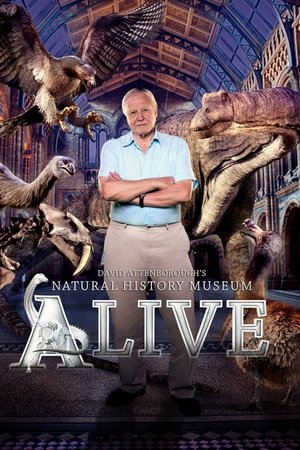 6.6
6.6David Attenborough's Natural History Museum Alive(en)
Regular opening times do not apply as we accompany Sir David Attenborough on an after-hours journey around London’s Natural History Museum, one of his favourite haunts. The museum's various exhibits come to life, including dinosaurs, reptiles and creatures from the ice age.
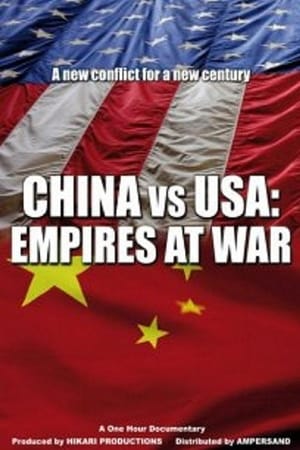 7.0
7.0China vs USA: Empires at War(en)
China keeps claiming sovereignty over Taiwan. The USA believes the Tech industry of the island nation needs to be protected. Prominent international experts from both sides, China vs. USA, Empires At War explores all the issues that could lead to war.
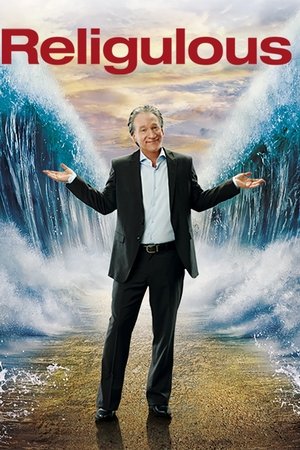 7.0
7.0Religulous(en)
Commentator-comic Bill Maher plays devil's advocate with religion as he talks to believers about their faith. Traveling around the world, Maher examines the tenets of Christianity, Judaism and Islam and raises questions about homosexuality, proof of Christ's existence, Jewish Sabbath laws, violent Muslim extremists.
 7.0
7.040 Under 40(en)
Some of them move. Others make noise. One weighs in at 700 pounds. Collectively, they represent the future of contemporary craft. Go behind the scenes of the "40 under 40: Craft Futures" exhibition, featuring traditional and non-traditional works of decorative art created by the top 40 American craft artists under the age of 40. Observe this wildly creative and diverse exhibition, assembled for the 40th anniversary of the Smithsonian American Art Museum's Renwick Gallery, and witness the challenges and rewards of bringing together 40 unique artists at the top of their craft.
 7.7
7.7Faces Places(fr)
Director Agnès Varda and photographer/muralist JR journey through rural France and form an unlikely friendship.
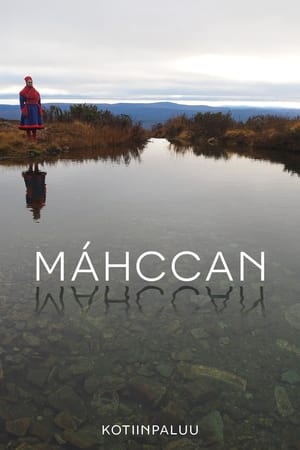 8.5
8.5The Homecoming(fi)
Sámi artefacts from the Finnish National Museum are returning home to Sápmi, while the holy drums of the Sámi people are still imprisoned in the basements of museums across Europe. The returning objects symbolise the dignity, identity, history, connection to ancestors and a whole world view that was taken from the Sámi people. Director Suvi West takes the viewer behind the scenes of the museum world to reflect on the spirit of the objects, the inequality of cultures and the colonialist burden of museums.
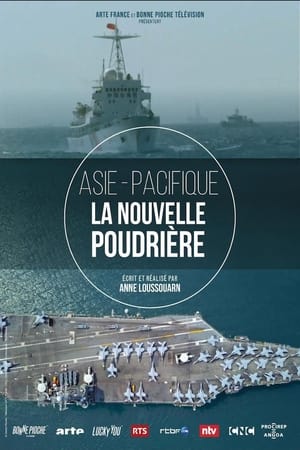 7.0
7.0Asie-Pacifique - la nouvelle poudrière(fr)
As soon as he came to power in 2012, Xi Jinping clearly stated his ambition for a national renaissance. He will combine this with the construction of a powerful army and a certain vision of Chinese territory, which includes the reunification of Taiwan. In this quest, control of the oceans has become a crucial issue, and America an obstacle. In the South China Sea and the Pacific, the Chinese Communist Party has been pursuing a strategy to undermine American influence for the past decade. Relying on the active participation of maritime militias - fishermen trained by the military - China is creating a grey area between war and peace that destabilizes both its neighbors and the world's leading military power.
 7.8
7.8The New Rijksmuseum(nl)
A documentary about the fascinating and complicated process of the rebuilding of Holland's most famous museum, The Rijksmuseum. The film shows the people behind the scenes during the years of demolition, restoration, and political and financial debate. We witness their efforts, joys and struggles with one goal in common: the love of art.
 6.0
6.0Rembrandt: From the National Gallery, London and Rijksmuseum, Amsterdam(en)
Documentary tour of the "Rembrandt: Late Works" exhibit at the National Gallery, London and subsequently at the Rijksmuseum, Amsterdam.
 6.3
6.3Island in Between(zh)
The rural Taiwanese outer islands of Kinmen sit merely 2 miles off the coast of China. Kinmen attracts tourists for its remains from the 1949 Chinese Civil War. It also marks the frontline for Taiwan in its escalating tension with China.
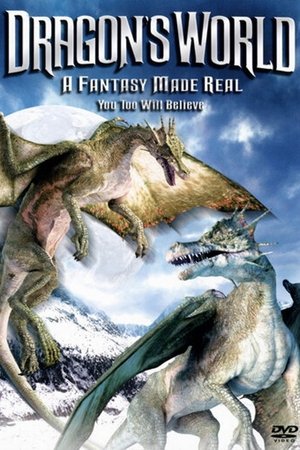 7.8
7.8The Last Dragon(en)
"The Last Dragon" is a nature mockumentary about a British scientific team that attempts to understand the unique incredible beasts that have fascinated people for ages. CGI is used to create the dragons.
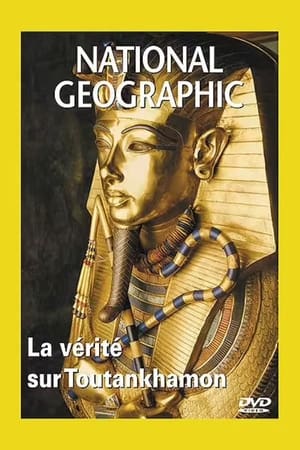 6.0
6.0King Tut's Final Secrets(en)
As part of a high-tech forensic probe into the demise of Egyptian Pharaoh Tutankhamun, scientists use X-rays and CT scans as they attempt to reach a conclusion about just how this famed king died. In addition, they explore the mysterious curse on explorers linked to Tut's tomb excavation.
 7.1
7.1Flowers of Taipei: Taiwan New Cinema(zh)
With Taiwan remaining in the grip of martial law in 1982, a group of filmmakers from that country set out to establish a cultural identity through cinema and to share it with the world. This engaging documentary looks at the movement's legacy.
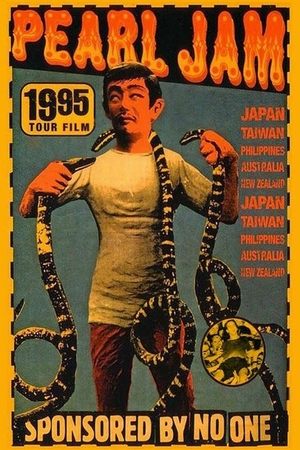 0.0
0.0Pearl Jam: Sponsored By No One(en)
The Pearl Jam Movie!! That’s right. Made in 1995 by the band when Jack Irons was drummer and filmed over the course of their 1995 Far-East tour in Japan, Taiwan, Australia and New Zealand…it’s half tour documentary and half movie. This movie was apparently scrapped by the band at the final mixing stage for some unknown reason, seems completely unedited/uncut. It full of really wild and weird little skits by the band (like Ed and Jack acting out some strange Godzilla attack on the beach, Mike McCready's stage strip-tease), airplane, backstage & soundcheck footage of all the band members, the band on the streets & taking in the culture of the countries they’re visiting.
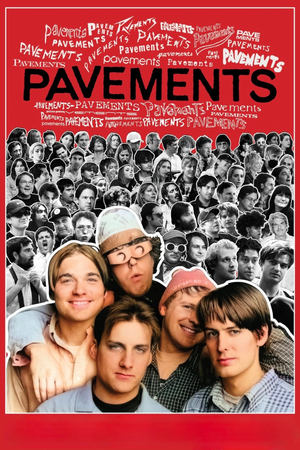 7.2
7.2Pavements(en)
Documentary about the American indie band Pavement, which combines scripts with documentary images of the band and a musical mise-en-scene composed of songs from their discography.
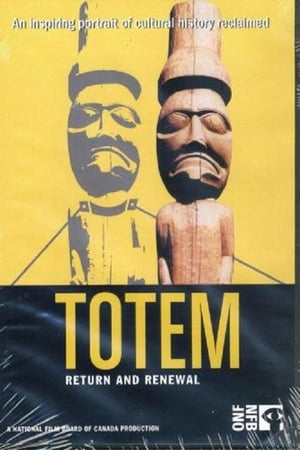 8.0
8.0Totem: Return and Renewal(en)
In this follow-up to his 2003 film, Totem: the Return of the G'psgolox Pole, filmmaker Gil Cardinal documents the events of the final journey of the G'psgolox Pole as it returns home to Kitamaat and the Haisla people, from where it went missing in 1929.
 3.0
3.0Il museo degli orrori di Dario Argento(it)
Newly edited version of Luigi Cozzi's 1997 documentary "Il mondo di Dario Argento 3: Il museo degli orrori di Dario Argento" focusing on the museum-part of the "Profondo Rosso" shop.
 0.0
0.0Stone and bag(xx)
The film delves into the work processes of an archaeological team from the Aranzadi Science Society at the San Adrián Tunnel site. Interspersing this observation with archival materials, the film explores the relationships between archaeology and museography, as well as the different ways in which these two practices produce the displacement of objects.
 6.0
6.0Our Time, Our Story(zh)
Richly illustrated with film clips and interviews, OUR TIME, OUR STORY tells the still-evolving story of the Taiwanese "new wave," from its rise in the early 1980s, as the island was democratizing after decades under martial law, through growing international recognition and domestic debate in the 1990s. Spearheaded in its early years by such filmmakers as Edward Yang, Ko I-cheng, Hou Hsiao-hsien and Wan Jen, the movement revitalized Taiwan cinema through low-budget experiments that emphasized personal stories, political reflection and stylistic invention. Said filmmakers, writers and actors like Wu Nien-jen and Sylvia Chang, even "second wave" directors Tsai Ming-liang and Lin Cheng-sheng provide fond reminiscences and retrospective insights in this compelling account of one of the most distinctive national cinemas of the last quarter-century.
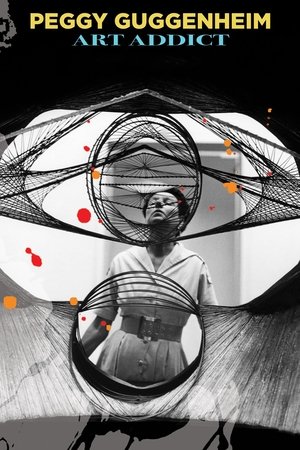 6.6
6.6Peggy Guggenheim: Art Addict(en)
Bouncing between Europe and the United States as often as she would between lovers, Peggy Guggenheim’s life was as swirling as the design of her uncle’s museum, and reads more like fiction than any reality imaginable. Peggy Guggenheim – Art Addict offers a rare look into Guggenheim’s world: blending the abstract, the colorful, the surreal and the salacious, to portray a life that was as complex and unpredictable as the artwork Peggy revered and the artists she pushed forward.




